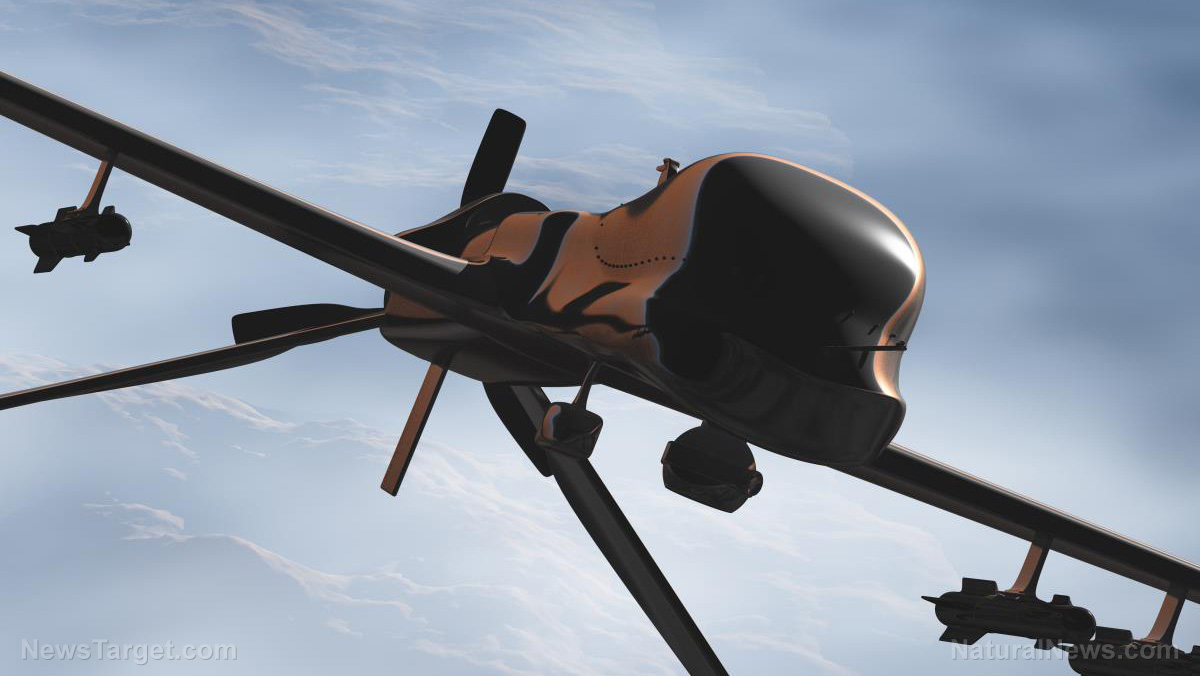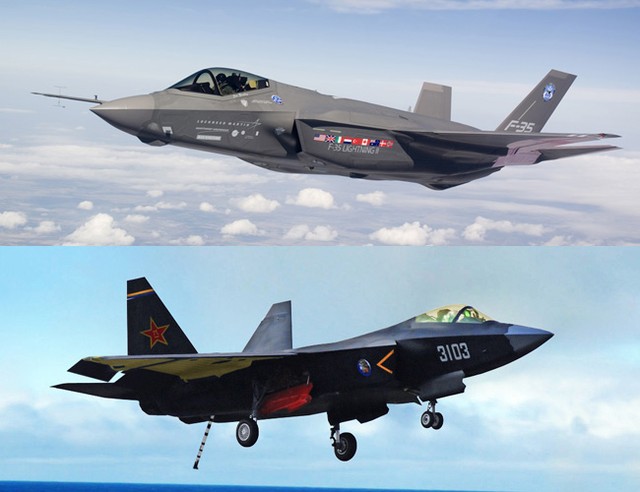America’s most powerful nuclear plant was swarmed by mystery drones – but why?
08/05/2020 / By Ethan Huff

A swarm of mystery drones recently descended on the Palo Verde Nuclear Generation Station near Tonopah, Arizona, located about 25 miles west of Phoenix, and nobody knows where they came from or why they were there.
The Nuclear Regulatory Commission (NRC) described the incident as “drone-a-palooza,” expressing worry that drones might be used in the future to conduct an “adversarial attack” against a high-level target such as a nuclear power plant.
With the popularity of civilian drones on the rise, experts say that their potential use for nefarious purposes is a growing concern, and yet one that is not being taken as seriously as some think it should be.
Earlier this year in Colorado and Nebraska, swarms of unmarked drones were observed in numerous remote areas on multiple occasions. Their origin still remains a mystery to this day.
“These events are occurring as lower-end and lower-performance unmanned aircraft systems (UAS) have become weaponized to [an] increasingly remarkable degree in recent years,” writes Tyler Rogoway and Joseph Trevithick for The Drive.
“Even those built-in sheds in the middle of warzones have been employed with not only deadly, but also a (sic) highly disrupted effects,” they add.
There was one incident a few months back where drones caused major damage to the country’s oil production. They have also reportedly been used to try to assassinate world leaders.
Relatively inexpensive and easy-to-obtain drones can be modified to carry weaponry and explosives and have the potential to be unleashed in droves to carry out attack missions.
While other countries have been assessing and responding to the threat of this, the United States is said to be lagging behind and is now having to play catch-up.
“It wasn’t before weaponized drones were careening into and dropping bomblets on Iraq soldiers’ heads during the Battle of Mosul that the U.S. military had no choice but to begin to take the issue seriously,” Rogoway and Trevithick further explain.
“Today, American soldiers deal with the ominous presence of drones overhead and even dropping munitions daily in overseas hotspots.”
Does the U.S. need more drone detection systems to prevent attacks?
It would seem as though the future of flight, including for military purposes, is vertical and unmanned. And the presence of unmanned drones at the Palo Verde Nuclear Generation Station recently serves as yet another reminder of this.
While much of the threat has been observed overseas on the battlefield, we are now starting to see that threat migrate onto U.S. soil.
Some say that it is only a matter of time before unmanned drones are used to attack civilians or civilian sites somewhere here in America. It could be tomorrow, next year, or 10 years from now, but it is coming, according to the experts.
There have apparently been numerous incidents at the Palo Verde Nuclear Generation Station that suggest an attack will occur sooner rather than later. This is why drone detection systems must be a critical part of our national security apparatus, some experts say.
One such drone detection system, known as “Area Armor,” was in the process of being deployed at the Palo Verde Nuclear Generation Station when a recent spate of drones appeared on the premises.
“This technology apparently has a 13-mile radius and can determine the specific point from which the UAVs were launched so that LLEA / site security can locate the operator(s),” an internal email about the technology reads.
“I confirmed with the licensee that they have coordinated the use of this [counter-drone] technology with FAA, and they informed me that this technology only locates the UAVs; it does not interfere with the flight pattern of those UAVs in any way.”
For more related news, check out Robotics.news.
Sources for this article include:
Tagged Under: cyber war, drone detection systems, drone warfare, drones, mystery, national security, nuclear power, Palo Verde Nuclear Generation Station, power grid, power plants, UAV
RECENT NEWS & ARTICLES
COPYRIGHT © 2017 WEAPONSTECHNOLOGY.NEWS




















